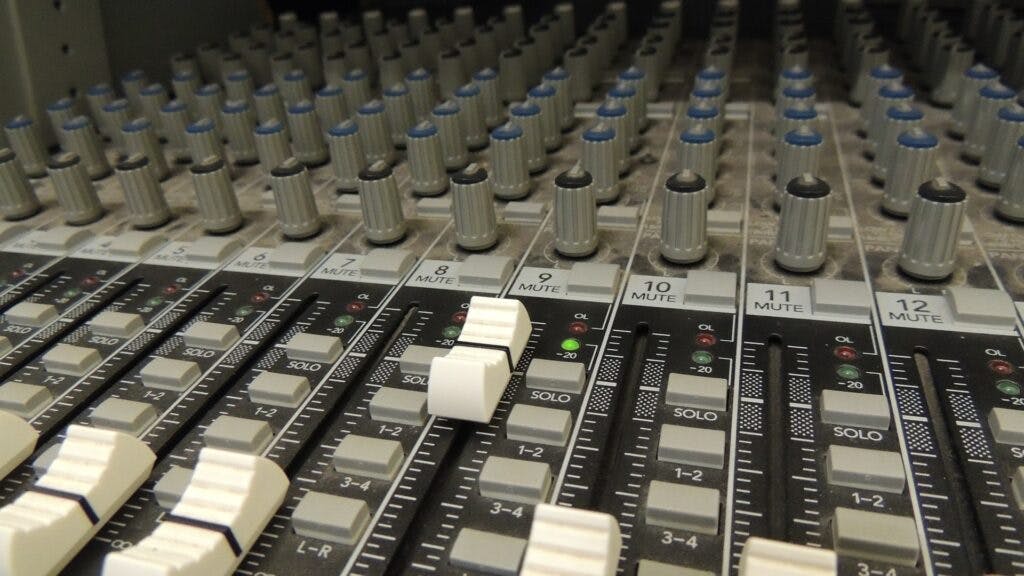
EQ before or after Compression
This is a question that gets banded around online music production and audio forums all of the time. And like most answers to audio-related questions, the answer is…
It depends!
It depends on the purpose of the EQ and the compression in question. We use both these tools to solve a myriad of different problems from overall tonal shaping, taming dynamics, reducing undesired resonances and much more.
For me, compression and EQ and very related. Our perception of one can be hugely influenced by the other. A change in EQ can seriously affect our perception of dynamics and vice versa.
EQ before compression
First of all, let’s use the example of a vocal channel in a mix. It’s the most relatable and pretty much has all of the variables you’ll find in other examples too. See we’ll stick with it and dive in.
Generally, the purpose of the first EQ in a vocal chain will be to solve specific problems in the frequency content of that recording. Examples include using a high-pass filter to reduce low-frequency rumbles or reducing overly resonant frequencies that were caused by the environment in which the vocals were recorded.
If you are doing the above whilst you have a compressor active after the EQ in the chain, you can expect it to affect the behaviour of the compressor, which will affect how you perceive the changes you are making.
This isn’t necessarily a bad thing at all and could very well be the way you like to work, but it is something to be aware of. A boost or cut on an EQ can affect the input gain of the compressor, which can mean the difference between some compression or no compression at all.
The effect of compression or any dynamics processing is completely predicated on the level of the signal going into it. This is not the case with EQ. EQ doesn’t care what the level of the signal going in is. The exception to this however is when you are using an EQ that adds “colour” (saturation) which is a process that’s dependent on the input level.
EQ after compression
Again, speaking generally, the purpose of EQ after a compressor is for overall tonal shaping. Compression can very much alter the overall frequency balance of a signal in ways that are intended, desirable, unintended, or problematic. So it can be very useful to use another EQ post-compression to manage that. The good thing here is that the EQ movements you make on this one won’t affect the behaviour of the compressor before it.
Perception and loudness
Everything we do in music or audio is about perception. The moves we make are with the intent of increasing the quality of the end-product, which is always measured subjectively via the auditory system of the human being listening to it.
This is why it’s important to manage our perception too. For example, a change in loudness of a signal is a (perceived) change in EQ and dynamics too. This is why it’s often a good idea to employ a constant loudness workflow that removes the altering of perception caused by variance in loudness. The simplest way to do this is to sensibly use the output-gain control of your EQs and compressors so that you are measuring the differences objectively.
This article was brought to you by Songcards
© 2025 Unlock Your Sound Ltd | Privacy Policy